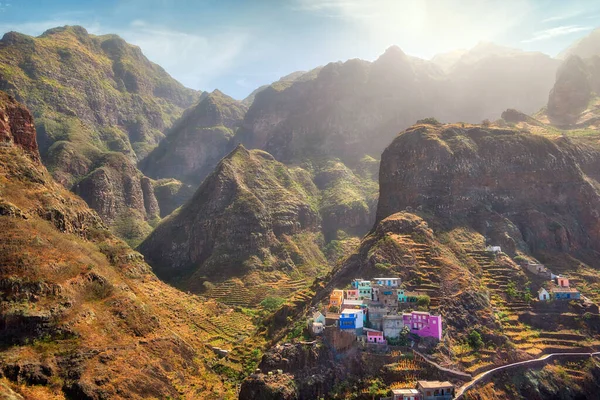Cape Verde (Cabo Verde) is an archipelago consisting of 10 volcanic islands in the Atlantic Ocean, approximately 570 kilometers off the coast of Senegal in West Africa. This island group enjoys a perpetual summer with delightful temperatures. About 560,000 people reside in Cape Verde. The official language is Portuguese, but in everyday communication, Cape Verdeans often use Creole to converse with each other.

The culture of Cape Verde is one that promotes relaxation. Cape Verdeans live by the motto ‘no stress’ and are known for their Morabeza, which can be loosely translated as hospitality. Cape Verde and Morabeza are inseparable. Smile at a local, and you’ll receive a warm smile in return. The people are helpful and live in a community where everyone supports each other.
The islands of Cape Verde:
Santiago
The largest island of Cape Verde and the cultural and political hub of the country. The city of Cidade Velha, a UNESCO World Heritage site, was once the country’s first capital and holds a rich history. This city played a central role in the transatlantic slave trade from West Africa.

Sal
Literally translates to “salt.” The salt mines of Pedra de Lume are a significant attraction on this island. Sal is renowned for its stunning white sandy beaches and beautiful blue waters, as well as its opportunities for water sports like surfing and kiteboarding.

Santo Antão
Is the second-largest (after Santiago) and second-highest (after Fogo) island. With rugged serrated mountains, deep ravines, and tropical valleys, the natural scenery on Santo Antão is breathtaking. Many consider Santo Antão to be the most beautiful island of Cape Verde.

São Vicente
Is the cultural heart of Cape Verde. The capital, Mindelo, is adorned with colonial architecture, music fills the air, and a lively carnival is celebrated every year. This island is known for its vibrant nightlife and music scene. It is also home to the National Museum of Cape Verde and the Mindelo market, where visitors can purchase local crafts and souvenirs.

São Nicolau
Is relatively undiscovered and is often visited by tourists seeking adventurous activities like hiking and mountain climbing. This mountainous island has two contrasting faces. It’s extremely dry on one side, with volcanic craters, canyons, and rocky coves. On the other side, it’s lush and green with forests, hills, and valleys. At the summit of Monte Gordo, you can admire the diverse landscapes all at once.

Boa Vista
Boasts one of the most beautiful beaches in the world and is considered a great spot for whale and dolphin watching. It’s also home to the Viana Desert, an impressive sand plain that covers about one-third of the island.

Fogo
Is primarily renowned for its volcano, Pico do Fogo, which reaches a height of 2,829 meters. Climbing Pico do Fogo is best done with a guide, allowing you to admire the dried lava, volcanic debris, and unique rock formations up close. It’s almost like walking on the moon.

Maio
Is relatively unknown and is often visited by those seeking tranquility and solitude. Some of the most secluded beaches in Cape Verde can be found here.

Brava
Is primarily known for its tranquil and relaxed atmosphere. This wild-flower island features rugged mountain landscapes, unique flowers, plants, and hidden coves.

Santa Luzia
Is an uninhabited island renowned for its untouched natural beauty. Sailors often visit to peacefully enjoy the deserted beaches and crystal-clear blue waters.


